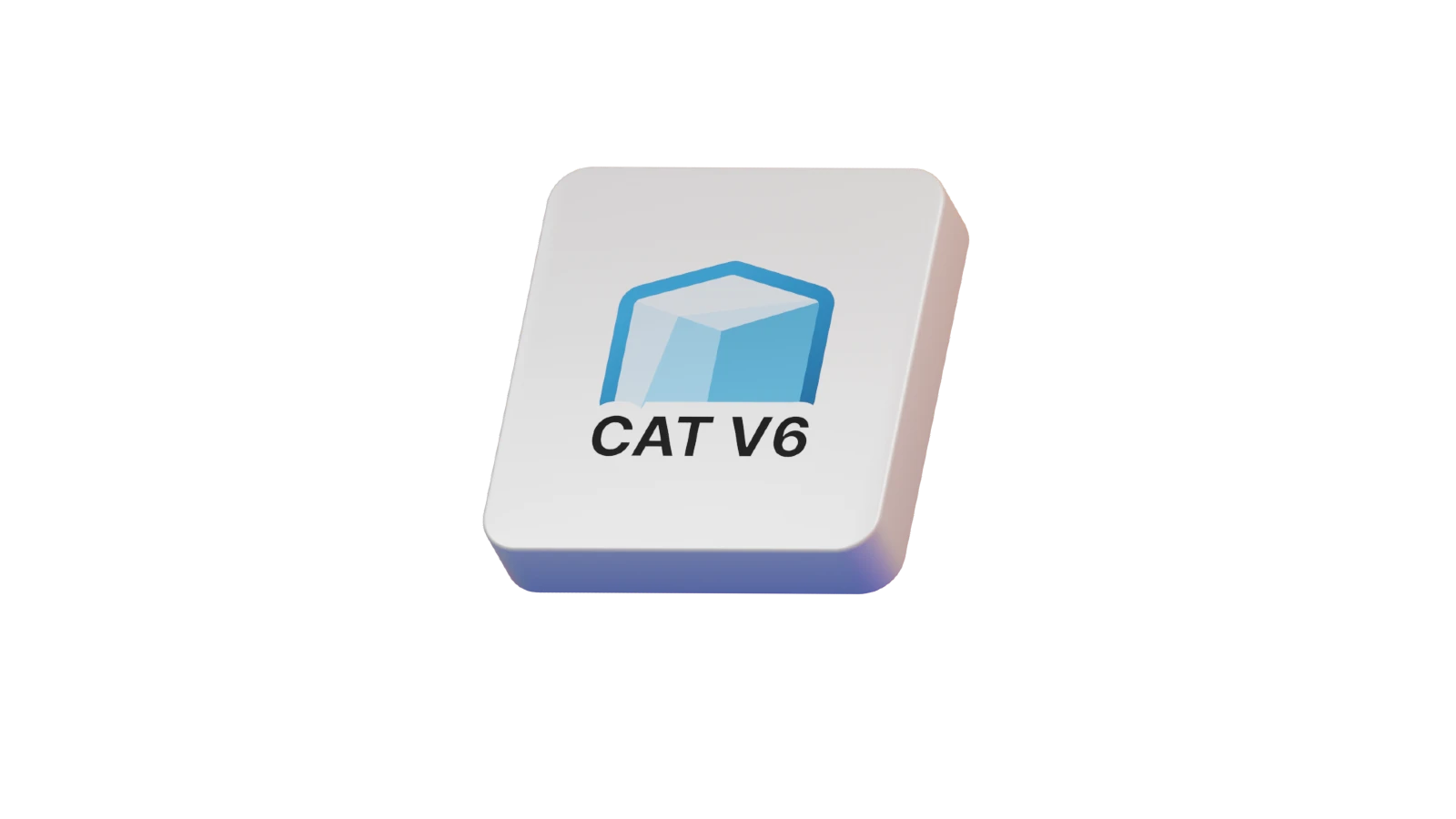The article of our colleagues Tobias Wigand and Jeron Devadas discusses the effective application of artificial intelligence (AI) and machine learning (ML) in engineering, particularly within the automotive industry, using the low-code engineering platform Synera for generative product development as an example. Our Gold Partner RLE International achieved significant benefits in developing a body-in-white spaceframe for the Cargo-Mover autonomous electric transporter, including an 85 percent reduction in development time, over 90 percent cost savings, and reduced weight while maintaining rigidity.

The key challenge in implementing AI in automotive engineering is the need for extensive training data, which is typically lacking. To address this, RLE employed a generative engineering approach, aiming to map product development processes into a single workflow. This approach allows for design and product feature changes with ease, extended by adding a design-of-experiments (DoE) study to generate large amounts of data through automated product variant generation and evaluation. The "Latin-Hypercube" method was used to distribute parameter randomness effectively within the parameter space for training machine learning algorithms.
A significant focus was on reducing the simulation effort through an AI training method. Initially, it was estimated that over two years would be required to generate the necessary data sets manually. RLE developed an AI model to predict the torsional and bending stiffness and weight of the body-in-white based on input parameters, significantly reducing the time needed to create optimized data sets. A second AI model was trained to predict optimal adjustment parameters, and both models were integrated into a final workflow. This approach reduced the development time from two months to less than ten seconds.
The article highlights that this adaptable approach can be applied to various areas of vehicle hardware development, regardless of complexity. It emphasizes that AI methods can be effectively employed with minimal effort and without the need for extensive new qualifications among project staff. The integration of generative engineering and machine learning not only accelerates development but also enables better and more efficient product solutions by eliminating manual design iterations.
Overall, RLE International's use of AI and generative engineering, showcases the potential for significant time and cost savings while improving product quality in the automotive industry, setting a precedent for the broader application of AI methods in engineering and product development.
Read the full article
Would you like to learn more about Generative Engineering? Read the full article in KONSTRUKTIONSPRAXIS (in german) and discover the benefits of this innovative approach.
Discover the benefits yourself – Test Synera's Low-Code platform!
Would you like to experience the benefits of Connected Engineering and our Low-Code Platform firsthand? We invite you to test Synera's Low-Code Platform 14 days for free and discover how you can make your product development more efficient and agile. Experience the future of product development and explore the possibilities that our innovative solution offers. Click here to explore the Synera Low-Code Platform and optimize your development process for your use case today.
Or get a free demo from our CEO Daniel Siegel. Every Tuesday and Thursday he will take you on a guided tour of our synera software. You will discover how to automate your workflow and how to speed up your development process. There will also be a Q&A session where you can ask all your burning questions. Register here for free.





